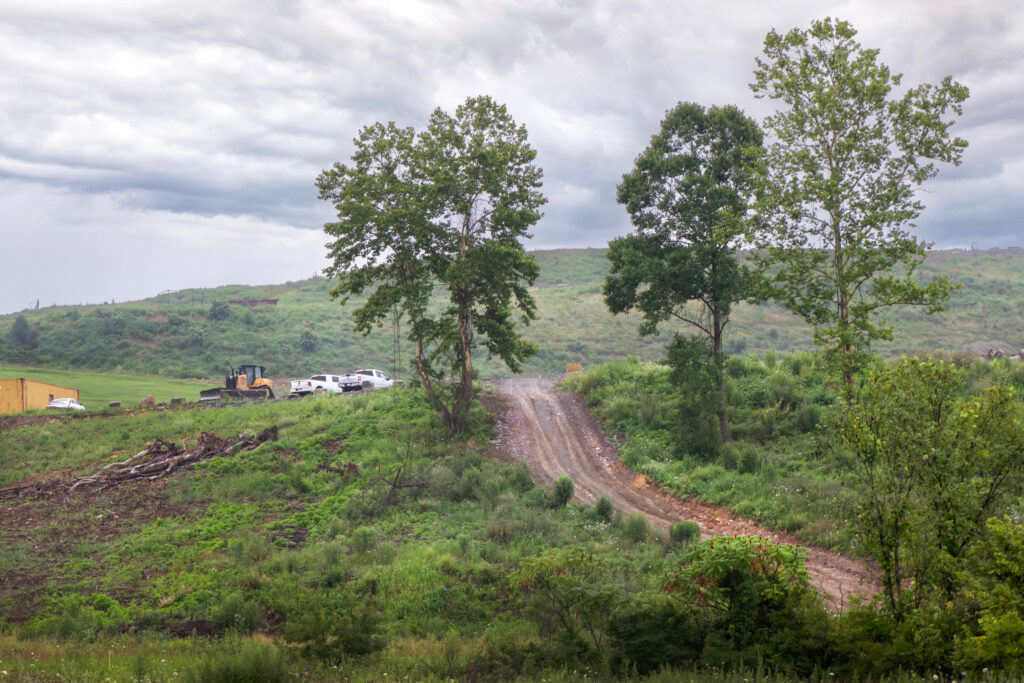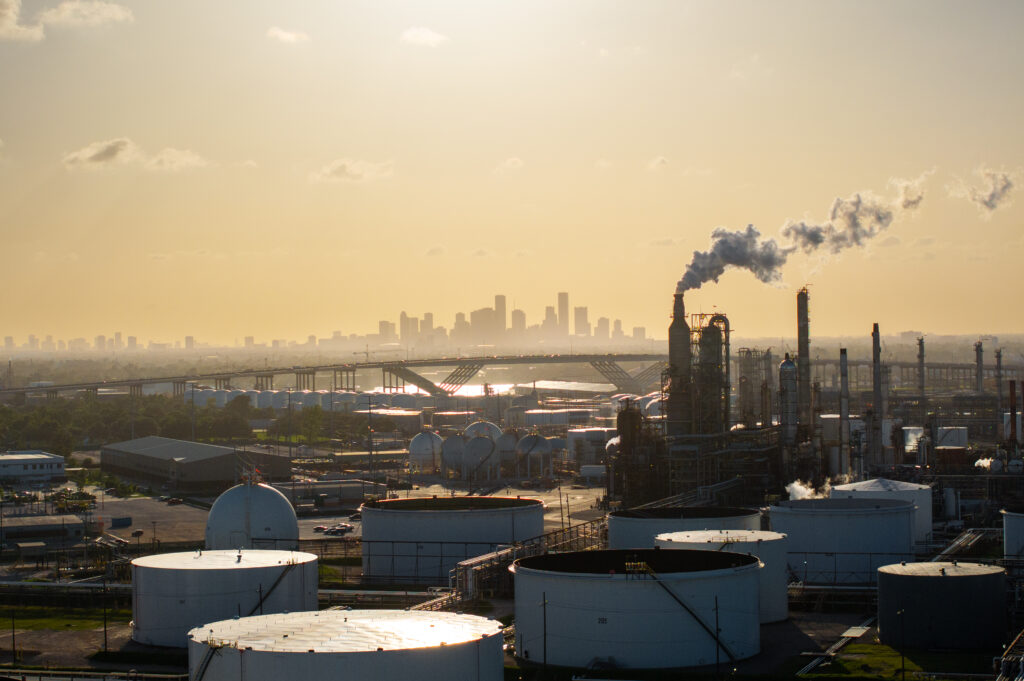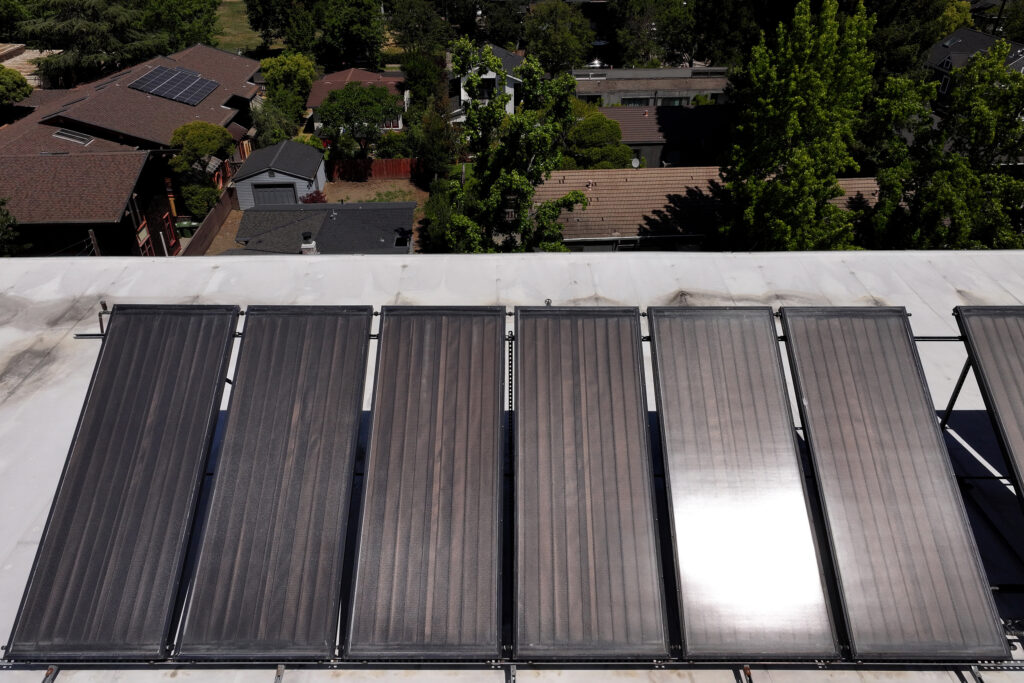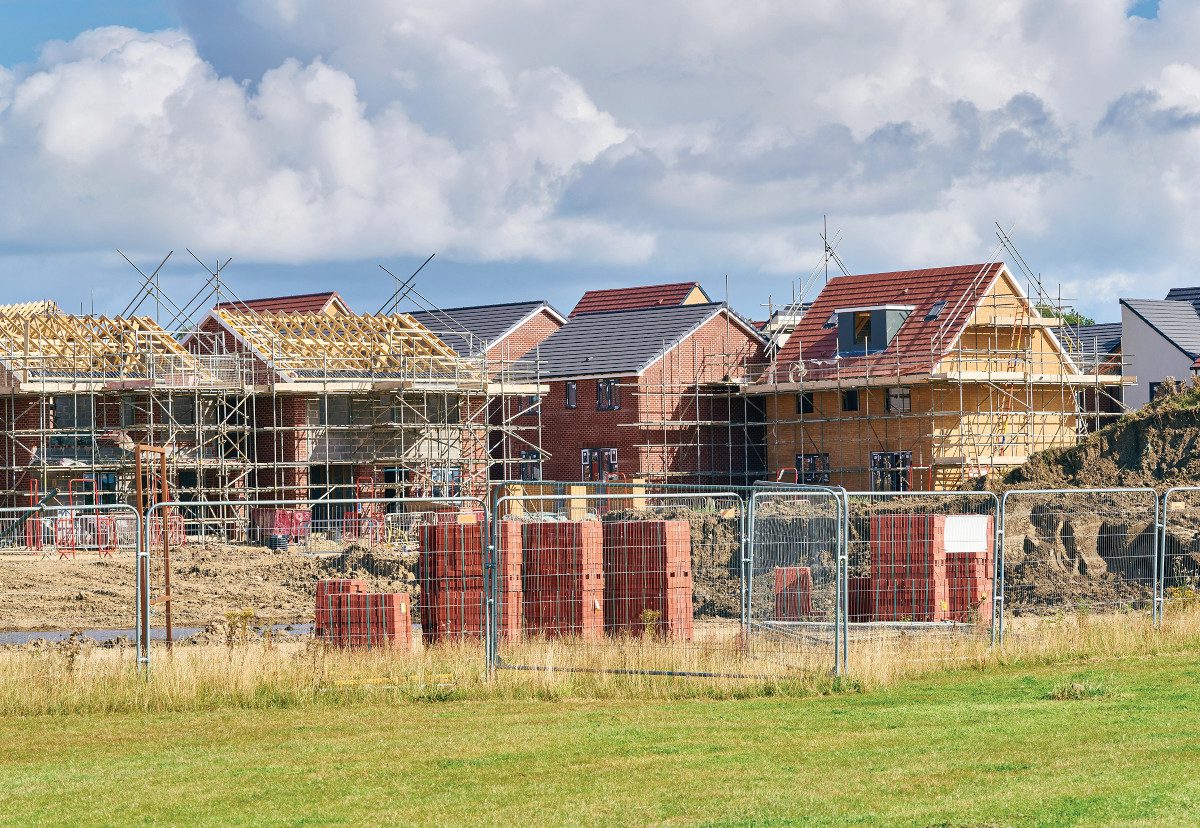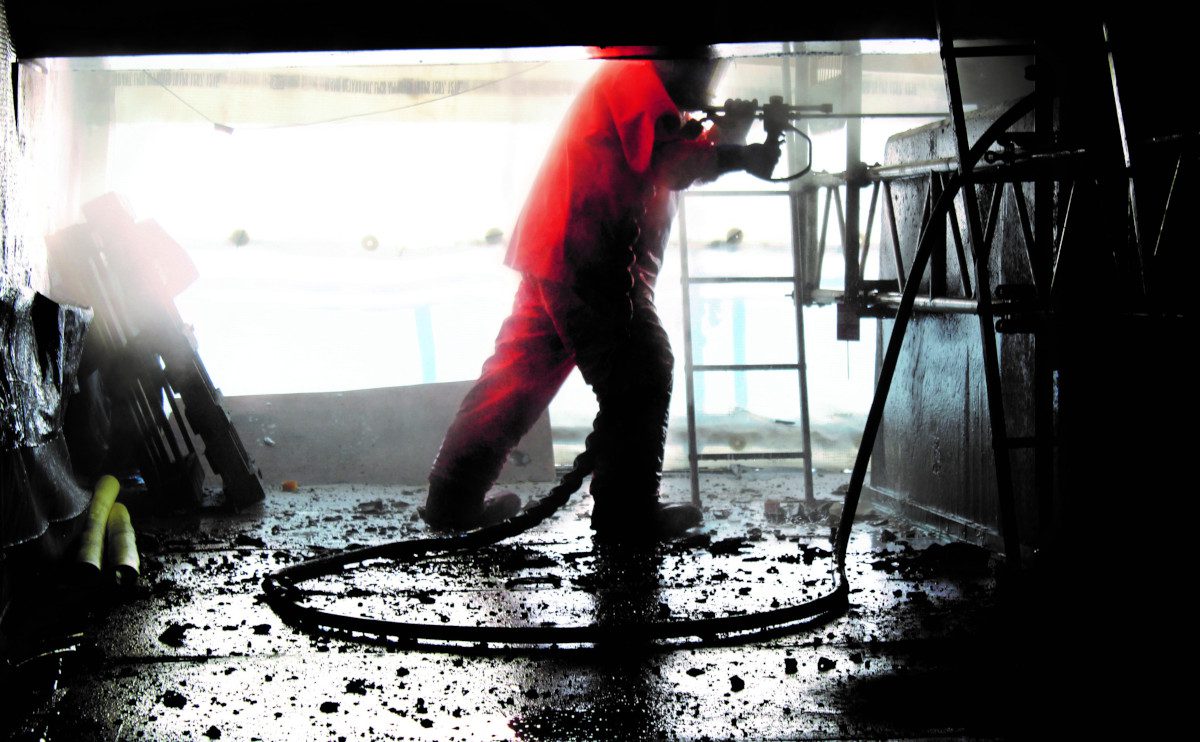SAN DIEGO—On a walk near his house, with views of the ocean, Mark Ellis speaks with urgency about how the utility business—the industry that long employed him—is harming the public with unsustainable rate increases.
He keeps coming back to the same point: The complexity of utility regulation is obscuring a transfer of wealth from the general public to shareholders on a vast scale.
He’s far from the first person to say this. But he’s getting attention to a degree others haven’t, thanks to the clarity of his message and his status as a former utility insider. He’s in the early stages of becoming an activist.
Ellis’ adversaries should know what they’re up against. He is a financial analyst, with degrees from Harvard and MIT, and he is a wrestler, with experience on the mat as recently as two years ago, when he was competing in his age division in national tournaments.
“I don’t like bullies,” he said. “I feel like there’s a lot of bullying going on with utilities. People need to stand up to the bully.”
We’re hiring!
Please take a look at the new openings in our newsroom.
See jobs
U.S. households have seen their electricity prices increase by an average of 25 percent from 2020 to 2024, which exceeds the rate of inflation, according to the Energy Information Administration.
When electricity is unaffordable, the transition away from fossil fuels becomes expensive to the point that it stretches feasibility; ideas such as electrifying home heating and using electricity to power vehicles make less sense in purely financial terms.
Ellis, 55, isn’t saying the increases should be zero. He’s saying that the growth has been supercharged by the failure of regulators who have allowed utilities to earn a guaranteed profit that is larger than he believes is appropriate.
He is a customer of San Diego Gas & Electric, or SDG&E, a utility with some of the highest electricity prices in the country. The company is a subsidiary of Sempra, which was his employer for 15 years. He left in 2019, when he was chief of corporate strategy.
Sempra, the country’s sixth-largest utility holding company based on market value, did not respond to requests for comment.

Ellis is not exactly a whistleblower, since the conduct he’s talking about is legal. But his current work threatens to disturb a world in which utilities usually get most of what they want when they propose rate increases. In the last year or so, he has given lectures, written op-eds and published a paper with American Economic Liberties Project, an anti-monopoly think tank.
Ellis is “turning a lot of heads,” said David Pomerantz, executive director of the Energy & Policy Institute, a watchdog organization that does research on utilities. Ellis’ work is resonating because he’s the first person in recent memory, according to Pomerantz, “who saw how all this happened from inside one of the corporate utilities, and he has the data to back it up.”
How Utilities Make Money
Ellis lives a short drive from Torrey Pines Gliderport, an oceanside park where people paraglide over the sand and cliffs, and many others come to get a cold drink and some food from the concession stand and enjoy the view.
There, seated along a wooden rail overlooking the colorful scene of people floating through the air with parachutes, he took out some scrap paper and began to write down numbers to make his case.
His argument, at its core, is about how utilities have been able to get compliant regulators to approve levels of profit that are too high.
Let’s consider a hypothetical utility whose costs are split 50-50 between day-to-day operations and investment in long-term infrastructure. (The specifics here are simplified to aid in explanation.)
A utility can recover 100 percent of its operational costs from customers through rates. This is a pass through of costs, covering salaries, maintenance, fuel and anything else that isn’t a hard asset.
So far, this utility hasn’t made any profit.
Ellis explains, scribbling on his paper, that a utility pays for infrastructure with a mix of debt and equity. The company recovers these costs from customers through equal payments over the lives of the assets, so a power plant with a 30-year lifespan would be paid for with annual installments of one-thirtieth of the total.
Debt can include any kind of borrowed money, and the company can recover interest costs from consumers. Equity is the money the utility raises by selling stock to the public.
The equity portion of this mix is where “return on equity” comes into play, and this is where the main problem lies, according to Ellis.
If a utility has used equity to pay, say, $10 billion to finance assets that it’s currently using, including new assets and ones that may go back decades, it can charge customers each year for a percentage of this value. This percentage, set by state regulators, is the return on equity—one of the most important numbers in utility finance.
If regulators authorize a return on equity of 10 percent, which is about the national average, the resulting charge for one year is $1 billion.
This is the utility’s profit.
It’s not transparent to ratepayers. There is no line item on bills for profit. It’s baked into the underlying charges.
A casual observer may surmise that a 10 percent return on equity is about 10 percent of a household’s bill, but it doesn’t work that way. The actual amount varies based on the value of a utility’s assets, among other factors. Most of the time, profit is 15 percent to 20 percent of the bill. The research and advocacy group RMI has found that profit is 16.7 percent of a typical utility bill.
The $1 billion in profit in his example is grossly excessive, Ellis believes.
If utilities and their regulators were following basic regulatory principles, the profit would be more like $600 million, he said.
How did he get those lower numbers? That’s another discussion, and it begins on the drive back to his house.
The Gap Between Fair and Excessive
Ellis and his wife raised their four children—three sons and a daughter—in their large modern house in La Jolla, a neighborhood on the north end of San Diego. Inside the front door, his black wrestling shoes sit in a pile with other shoes.
Over several hours, moving between the wide-open living room and tree-lined patio out back, he tells a story that could be described as Regulation 101.


The U.S. utility business model has been around for more than a century. It is based on the idea that a utility is a natural monopoly that should work for the public good and have its profit set by regulators.
Profit is necessary so that a utility can attract investment from stockholders and then use the proceeds to do major projects. The level of profit should be whatever is needed to attract enough investment, which is a standard that comes from U.S. Supreme Court cases, such as Federal Power Commission v. Hope Natural Gas, decided in 1944. The utility then provides value to shareholders by paying dividends and taking actions that lead to increases in the value of the stock.
“An investor is giving you money, and then you are paying them back over time,” Ellis said.
Regulators have a responsibility to set a utility’s return on equity high enough to raise the money it needs, but no higher, according to the Supreme Court.
So what’s an appropriate return on equity?
Ellis argues that a fair return would be about 6 percent for most utilities under current economic conditions. He uses common financial models to come up with this number. One model takes into account the risks of owning stock in a utility—like wildfires or regulatory changes—compared to other investments. Another model is based on the utility’s expected long-term growth.
A return on equity of 6 percent would be slightly less than the average of other investments available in the economy, Ellis said. This would still be a fair level, he said, reflecting that utilities have some risks for investors but also have many qualities that make them a safe haven, since most people have no choice but to use them.
And yet, the average return on equity for electricity and natural gas utilities in 2024 was 9.7 percent according to S&P Global Commodity Insights, much more than the level needed to attract investment based on Ellis’ analysis.
He has estimated that the difference between the actual average and what he believes it should be is about $50 billion per year nationwide, or $300 per household.
The numbers should make utility executives feel a sense of shame, he said.
“Let’s Work Together”
Ellis’ bluntness gets attention, but it also may undercut his credibility in some circles. So how do his views line up with those of others who have looked deeply at the same issues?
Karl Dunkle Werner and Stephen Jarvis wrote a working paper last year for the energy institute at the University of California, Berkeley, in which they found a persistent gap between utilities’ average return on equity and the level that would be appropriate. The gap ranged from 2 to 4 percentage points over several decades.
“It consistently seems like [utilities are] being paid too much,” said Jarvis, who now teaches at the London School of Economics.
He emphasized that even when the overcharge is at the low end of the range—closer to 2 percentage points than 4 percentage points—that’s still huge when multiplied by the value of utilities’ assets.
Another way to look at the possibility of excessive profit is to track utilities’ returns on equity over time and compare them to other financial benchmarks, like the costs of government bonds. Werner and Jarvis illustrate this with a chart that runs from the mid-1970s to the mid-2020s.
The chart takes the complexity of many variables and tells a simple story: U.S. regulators responded to high interest rates and economic instability in the early 1980s by allowing utilities to earn higher returns on equity than before. But then, as interest rates dropped and the economy stabilized, returns on equity remained high, opening up the gap that still exists today.


RMI issued a report in February that identified high returns on equity as a major problem.
“High ROEs make utility service more expensive than it needs to be, adding pressure to the pace of transition due to affordability considerations,” the RMI authors said.
The report discusses the market distortions that happen when returns on equity are too high. The main one is that utilities are more likely to have a bias for building things and building as big as possible.
If a problem can be solved with either a new piece of equipment or finding ways to be more efficient with existing equipment, there is a strong incentive to choose new equipment. Over decades, this leads to an overbuilt system and unsustainable rate increases.
In interviews, authors of the Berkeley and RMI reports said they are aware of Ellis’ work and agree with the core ideas of his argument.
The areas of disagreement are minor. For example, Ellis offers a precise estimate of overpayment, while the others prefer to use ranges of numbers.
Ryan Foelske, an analyst at RMI, said reasonable observers can agree that utilities’ returns are higher than necessary, but it’s difficult to say by how much.
He said that RMI is trying to frame its analysis in a constructive way that moves a discussion forward with regulators, utilities and the public. In other words, RMI is intentionally avoiding Ellis’ sharp language.
“It’s not customers versus utilities,” Foelske said. “Let’s work together to find something that works for all of us.”
But utilities have a lot to lose. Lower returns would undercut their stock prices and upset investors. It could lead to reductions in credit ratings.
Utility executives’ compensation is heavily weighted to encourage growth in profit. Much of their personal wealth comes from utility stock and some utilities consider return on equity among the factors in determining an executive’s total pay.
Just about any attempt to reform the system is going to get intense pushback, said Pomerantz of the Energy & Policy Institute.
“It’s not customers versus utilities.”
— Ryan Foelske, RMI
“I would say that utilities would fight as hard as they could possibly fight, and throw every weapon in their considerable political arsenal at maintaining their currently inflated ROEs,” he said.
His organization tracks executive pay at investor-owned utilities, finding that CEOs at 54 of the companies earned a total of $530 million last year. The top earners were Christopher Womack of Georgia-based Southern Co., with $23.9 million; John Ketchum of Florida-based NextEra Energy, with $21.6 million; and Jeffrey Martin of Sempra, with $21.5 million.
A Job Change and Return to Wrestling
Ellis grew up in the San Fernando valley of Los Angeles, the son of an attorney and a high school teacher. He wrestled in high school in the 126-pound weight class. He excelled in math.
He went to Harvard for his undergraduate degree in mechanical engineering and then earned a master’s degree from MIT’s Technology and Policy Program.
He gained an expertise in utility finance through several early jobs, including analyzing international natural gas power projects for Exxon Mobil in the late 1990s.
This set the stage for his work at Sempra, where he had various roles from 2004 to 2019.
He is careful not to discuss internal conversations during his time as an executive at Sempra, citing the nondisclosure agreement he signed when he left. But he is comfortable saying that he became disillusioned because of a growing realization that the utility industry’s business model had drifted away from a spirit of public service.
“I wasn’t happy there, and it wasn’t consistent with my values,” he said.


Several years ago, the company eliminated his job as part of a larger reorganization, and offered him a severance package that he accepted.
Now, his main income source is doing freelance analysis for clients, which includes serving as an expert witness in utility regulatory cases.
He also returned to wrestling. He worked out at a local gym and began to enter tournaments. At the Folkstyle National Championship in 2023, he finished second out of two in his age group in the 128-pound weight class.
“One of the things I realized shortly after getting back into wrestling is that developing any character trait is like any other skill—you develop it by practicing it,” he said. “To develop courage, do things that are courageous for you, that push you out of your comfort zone, where your first instinct is avoidance. Going to wrestling practice everyday felt like an exercise in courage and it gave me confidence to be more courageous in other domains.”
“Everything Is Going Up”
The harm of high electricity prices is not obvious in La Jolla, the neighborhood where Ellis lives. The ocean waves lap the shores near the Torrey Pines Golf Course, a two-time host of the U.S. Open, and the average house sells for more than $2 million.
But shift 30 miles to the south to the San Ysidro neighborhood, along the Mexican border, and utility bills are increasingly a significant burden. The hills of Tijuana rise on the other side of this low-lying area.
Even in festive places, like El Rincon restaurant, known for the spicy kick of its coffee, utility bills are a topic that turns the mood sour.
“The community is aware that electricity is going up and it’s expensive,” said Cristian Fuentes, who works at a community nonprofit and also is chair of San Ysidro Community Planning Group, which advises the city government. “Everything is going up, from eggs to the water to the trash.”
Antonio Martinez, a member of the San Ysidro school board, said rising costs are a huge concern.
“In my portion of the city, there are a lot of people with fixed incomes,” he said. “A big increase for utility bills means less for food, less for medicine.”




SDG&E is a major funder of community nonprofits, and it has a program to help low-income residents pay their utility bills. Martinez appreciates these efforts, but he said that applying for assistance can be complicated and some people don’t know it’s available. It would be easier if bills remained at a more affordable level.
Households served by SDG&E paid an average of 43.6 cents per kilowatt-hour last year, which is more than double from a decade ago, far in excess of the rate of inflation and the highest price of any investor-owned utility in the continental United States, according to the Energy Information Administration. (If we include Alaska and Hawaii, then SDG&E ranks third, behind two in Hawaii.)
SDG&E’s prices have risen because of large increases in spending that the utility has proposed and that regulators approved. There is a back-and-forth with regulators and the utility doesn’t get everything it wants, but it gets enough for substantial growth.
Some of this spending is on things that are required by law or otherwise unavoidable, such as wildfire mitigation and state requirements for emissions reductions and building renewable energy.
While Sempra did not respond to requests for comment, its subsidiary, SDG&E, did answer questions about rates.
SDG&E said one of the main factors to keep in mind is that its households have unusually low electricity use, with an average of 365 kilowatt-hours per month. This yields a lower average bill than a customer would pay to investor-owned utilities in the Los Angeles region and the Bay Area, where electricity use is higher.
The larger point, the company said, is that there is limited usefulness in using the average rate as a benchmark unless the analysis also takes into account average usage.
Also, SDG&E said its most recent proposed rate increase, filed in March, stems from a regulatory filing that is required for all utilities in the state.
“This request aims to balance customer costs while attracting the necessary capital dollars to support safety, reliability and implement California’s aggressive clean energy policies,” the company said in an email.
The latest rate increase would be 1.4 percent of a typical residential bill, according to a disclosure sent to customers.
The company recovers its costs and also receives a return on equity of 10.23 percent, which is above the national average of 9.7 percent.
Going Head to Head
SDG&E’s return on equity is set every few years in regulatory cases before the California Public Utilities Commission. While the cases are complex, the results are easy to understand, including what Ellis views as some basic errors.
To make its argument in a 2022 case, SDG&E hired an outside expert, James M. Coyne, executive vice president for Concentric Energy Advisors, a consulting firm headquartered outside Boston.
He is a leader in his field, one of a small number of consultants who specialize in return on equity testimony before utility commissions. By Ellis’ count, fewer than a dozen people are the hired experts for utilities in the majority of cases nationwide that touch on this subject matter.
Coyne’s testimony for SDG&E supported the company’s request for a 10.55 percent return on equity. He conducted an analysis using four financial models to determine that a fair return on equity would be in the range of 10.4 percent to 11.4 percent.
One potentially confusing aspect of these cases is that analysts on all sides use some of the same models to reach different conclusions. For example, Coyne used the Capital Asset Pricing Model, a common tool for estimating the appropriate return, which can apply to any kind of investment. This was one of the same models Ellis and the Berkeley co-authors used to come up with much lower estimates.
This story is funded by readers like you.
Our nonprofit newsroom provides award-winning climate coverage free of charge and advertising. We rely on donations from readers like you to keep going. Please donate now to support our work.
Donate Now
The differences are in the assumptions that analysts plug into the models to account for factors such as investment risk. Ellis said that Coyne and other witnesses for utilities use assumptions that are “cherry picking” and “upwardly biased” to try to justify conclusions that stretch credibility.
How does Coyne respond?
“The characterization of utility witness assumptions as ‘cherry picking’ or ‘upwardly biased’ is unfounded, and perhaps more of a reflection of how far out of sync [Ellis’] own analysis is with all experts,” he said in an email.
Inside Climate News asked him for his views on three reports that argue utility returns on equity are too high—from Ellis, the Berkeley authors and RMI.
“At the highest level, this claim [that utility consumers are overcharged] rests on the assumption that regulatory commissions and their staff are biased toward utility investors and against consumers,” he said. “This would be a clear violation of the public trust bestowed either through appointment or election. In my experience, regulatory commissions weigh the evidence, often from competing experts from both utility and consumer interests and reach their determinations. I am not always in agreement with these decisions, and commissions generally do not adhere to the recommendation of a single expert, but see no evidence that bias was the cause.”
He said a drastically lower return on equity would not be supported by precedent and would be vulnerable to a challenge in court.
In the 2022 case, regulators had an opportunity to choose between Coyne’s and Ellis’ views.
Ellis filed testimony on behalf of Protect Our Communities Foundation, a San Diego consumer advocacy group. His brief dissected Coyne’s use of financial models and recommended a much lower return on equity.
The California Public Utilities Commission issued a ruling giving SDG&E a return on equity close to what it had requested.
The commission said in its decision that it was based on “informed judgment” and that commissioners are aware that all models have flaws. “The models are helpful as gauges of the realm of reasonableness,” it said.
Asked to comment on the criticism of the process, commission spokeswoman Terrie Prosper said decisions are based on the evidence and consistent with requirements of the law and court precedent.
Serving the Greater Good
The California ruling in 2022 was significant for Ellis. His brief included much of what he knew about the way utility finance works and he thought he had made convincing arguments. He learned from the outcome that doing advocacy through regulatory cases amounted to little if the regulators weren’t going to listen.
That brings him to today. He still does expert witness work, but is just as likely to be having calls with state and federal lawmakers and writing opinion pieces in local and national media.
Matt Blumenthal, a Democrat in the Connecticut House of Representatives and the son of U.S. Sen. Richard Blumenthal (D-Conn.), has taken an interest in Ellis’ work. So has U.S. Rep. Josh Riley (D-N.Y.), who has spoken about the consumer harm of surging electricity rates.
In February, the San Francisco Chronicle published an op-ed by Ellis with the headline “I was a California energy strategist. Here’s how the state lets PG&E give you a raw deal.” He has been quoted in stories by Politico and the Los Angeles Times, among others.
Utility regulators could decide on their own to reform the process of setting returns on equity, but Ellis thinks it may require changes in state or federal law.
He expects that public pressure will grow because the current approaches are leading to unsustainable rate increases.
Meanwhile, being a freelance expert witness and consumer advocate pays much less than being a senior analyst for a utility. Asked why he chose this path, he talked about his parents, who are still alive.
“If you have a capability, you have to use it,” he said, paraphrasing something his father says.
The larger idea, he said, is it’s not enough just to use your capability. You should use it in the service of a greater good.
About This Story
Perhaps you noticed: This story, like all the news we publish, is free to read. That’s because Inside Climate News is a 501c3 nonprofit organization. We do not charge a subscription fee, lock our news behind a paywall, or clutter our website with ads. We make our news on climate and the environment freely available to you and anyone who wants it.
That’s not all. We also share our news for free with scores of other media organizations around the country. Many of them can’t afford to do environmental journalism of their own. We’ve built bureaus from coast to coast to report local stories, collaborate with local newsrooms and co-publish articles so that this vital work is shared as widely as possible.
Two of us launched ICN in 2007. Six years later we earned a Pulitzer Prize for National Reporting, and now we run the oldest and largest dedicated climate newsroom in the nation. We tell the story in all its complexity. We hold polluters accountable. We expose environmental injustice. We debunk misinformation. We scrutinize solutions and inspire action.
Donations from readers like you fund every aspect of what we do. If you don’t already, will you support our ongoing work, our reporting on the biggest crisis facing our planet, and help us reach even more readers in more places?
Please take a moment to make a tax-deductible donation. Every one of them makes a difference.
Thank you,




